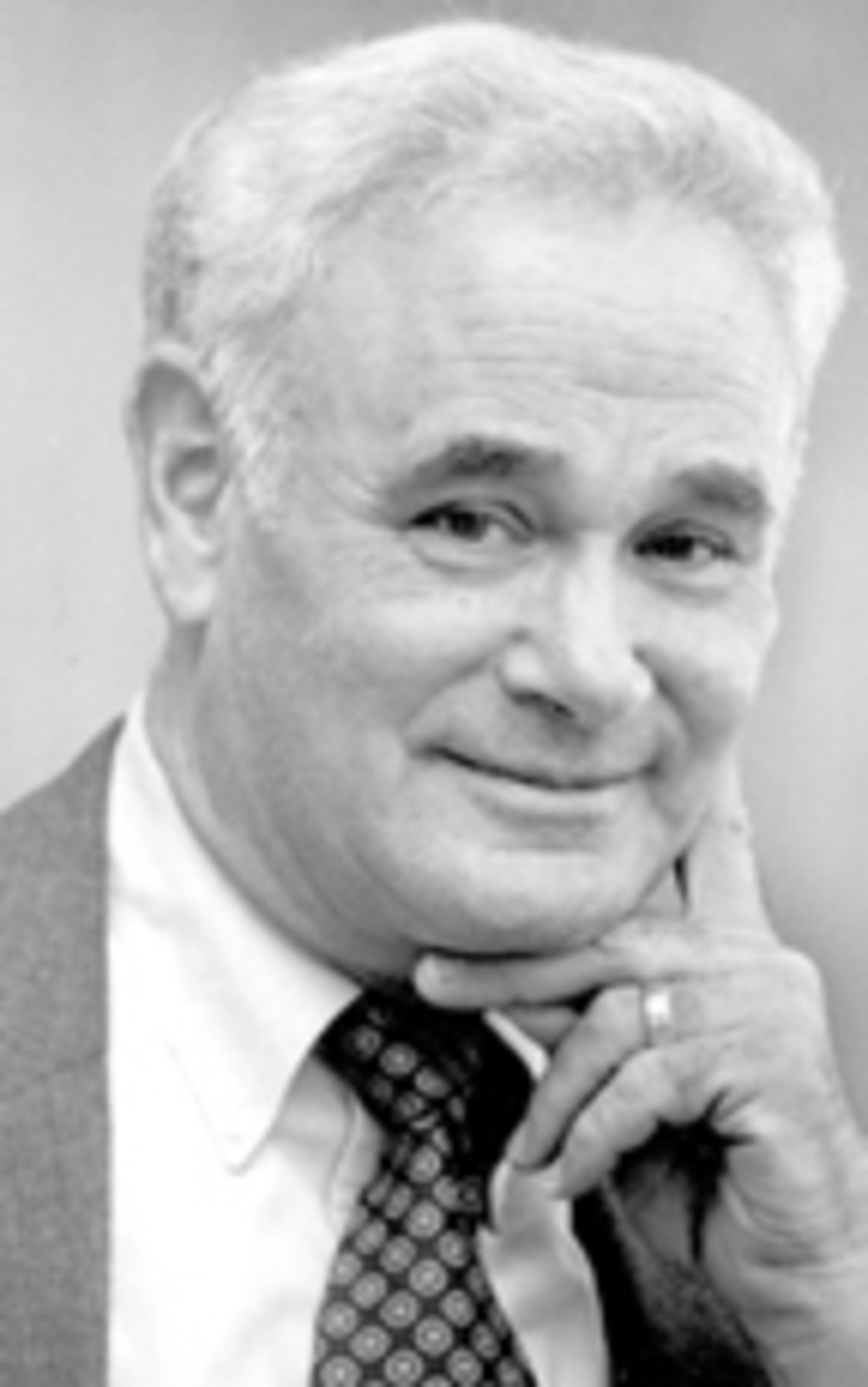Our journey through the valley
Rabbi Andrew Klein began his Rosh Hashanah morning sermon at Temple Habonim in Barrington with the following true story:
“When our youngest niece, Jesse, was 6 or 7 years old, she came to spend a few days with her uncles in Rhode Island. On one of our evening walks, Jesse was telling us about the important happenings in her life … her friends, her time at camp, her art work, her annoying big brother …
“At one point, (her uncle) Adam noticed that we were approaching a squirrel lying on its back with its feet up in the air, and he said something like, ‘Let’s cross to the other side of the street; that squirrel up ahead is taking a nap.’
“Jesse said, very matter of factly, ‘… he’s not sleeping; he’s dead, and death is a natural part of life.’
“Busted by a 6 year old!”
Jesse is, of course, right; death is a natural part of life. From the moment we take our very first breath, each one of us sets forth on a journey through the valley of the shadow of death. That is to say, sooner or later, all of us die.
Those of us who have the good fortune to be born in the United States in reasonably comfortable socio-economic circumstances can, statistically speaking, expect to live a long life – well into our 70s. Indeed, the author of Psalm 90 tells us: “The span of our life is seventy years, or, given the strength, eighty years …” (verse 10) I myself turned 70 this past June.
Nevertheless, even the longest life must come to an end; and as our population continues to age, many of us are being forced to balance the quality of our remaining days with the quantity of those days. Atul Gawande, surgeon at Boston’s Brigham and Women’s Hospital, discusses this balance between quality and quantity in a column in the Oct. 5, 2014, edition of The New York Times Sunday Review, adapted from his recently published book, “Being Mortal: Medicine and What Matters at the End.”
In this column, “The Best Possible Day,” Gawande focuses on the case of his daughter’s piano teacher, Peg Bachelder, who is in the hospital, dying and “utterly hopeless.” Gawande comments: “Her condition was incurable by established means. So should she press the doctors for other treatments, experimental therapies, anything with even a remote chance of keeping her going, no matter what? Or should she ‘give up’?
“Neither seemed right.”
In interviewing “more than 200 people about their experiences with aging or serious illness, or dealing with a family member’s” for his newest book, the author came to the conclusion that “people have priorities that they need to serve other than just living longer” and that “the best way to learn these priorities is to ask them.”
In discussing with Peg her priorities as she was facing the final weeks of her life, Gawande suggested that she enroll in a home hospice program, the aim of which, “at least in theory ... is to give people their best possible day, however they might define it under the circumstances.”
As it turned out, hospice opened the opportunity for Peg, to resume her piano teaching – if only for a few weeks; she was able to give Gawande’s 13-year-old daughter four additional lessons. “The trick was to give her enough (morphine) to be comfortable to teach and not so much that she would be groggy.”
Hospice, even at its most effective, does not work miracles. Peg survived six weeks in the hospice program before dying peacefully at home. During those final weeks, hospice did make it possible for Peg to experience not one but several “best possible days” during which she could continue to be with her students – days on which she might well reflect the sentiments of the Psalmist, “This is the day which the Lord has made; let us rejoice and be glad in it.” (Psalm 118:24)
JAMES B. ROSENBERG is rabbi emeritus at Temple Habonim in Barrington. Contact him at rabbiemeritus@templehabonim.org.








